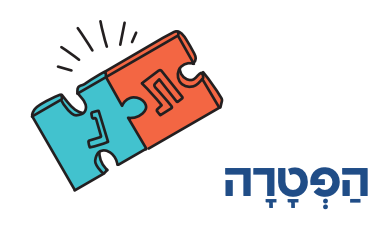
Haftarah הַפְטָרָה
Our parashah and haftarah both feature something totally supernatural, other-wordly, and impossible to imagine: God’s revelation! (Revelation comes from the word, “reveal.” When you reveal something, you’re showing it so people can see it better. Sometimes we can even reveal things that can’t be seen, like when you use words to show people how you feel. When God shows us things—like the Torah—that’s a kind of revelation of God!)
In the parashah, all of Benei Yisrael experience God’s revelation at Har Sinai. In the haftarah, the prophet Yeshayahu has his own personal experience of seeing God.
Here are some examples of language and images that connect these two.
Parashat Yitro
- God carries Benei Yisrael עַל כַּנְפֵי נְשָׁרִים (al kanfei nesharim, on eagles’ wings) (Shemot 19:4)
- God intends for Benei Yisrael to become a גוֹי קָדוֹשׁ (goy kadosh, holy people) (Shemot 19:6)
- Har Sinai is full of עָשָׁן (ashan, smoke) (Shemot 19:18)
- The word וַיָּנֻעוּ (va-yanu’u) describes Benei Yisrael trembling from the experience of revelation (Shemot 20:15)
Haftarah from Yeshayahu
- Yeshayahu sees God surrounded by angels with כְּנָפַיִם (kanafayim, wings) (Yeshayahu 6:2)
- The angels in the vision speak about God, saying: קָדוֹשׁ קָדוֹשׁ קָדוֹשׁ (kadosh kadosh kadosh, Holy Holy Holy) (Yeshayahu 6:3)
- The place fills with עָשָׁן (ashan, smoke) (Yeshayahu 6:4)
- The word וַיָּנֻעוּ (va-yanu’u) describes the walls trembling (Yeshayahu 6:4)
- How do Benei Yisrael react to the experience of God’s revelation, and how does Yeshayahu react? Are their reactions similar or different? How so? (See Shemot 20:15-16 and Yeshayahu 6:5)
-------------------
-------------------





